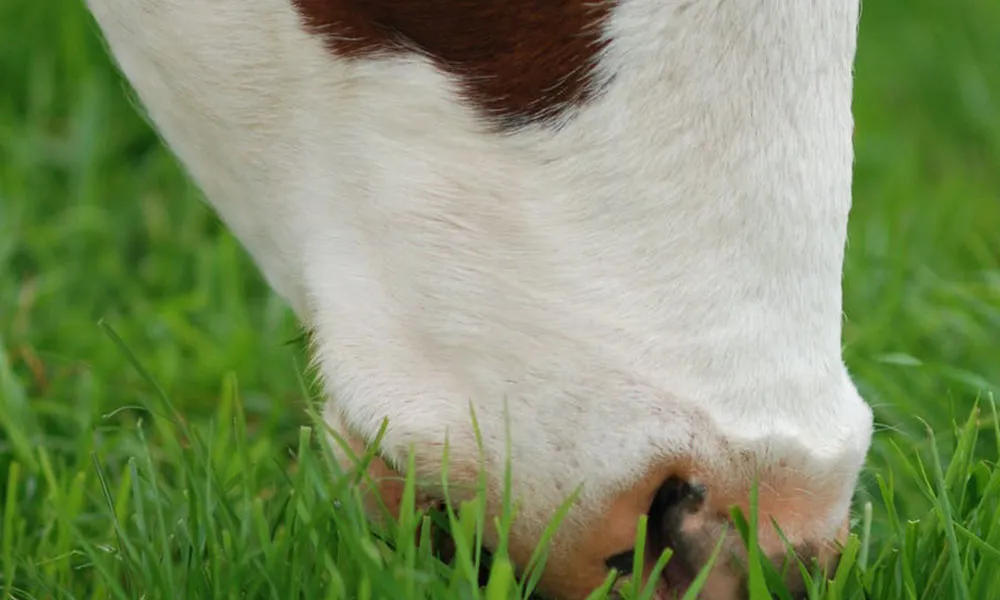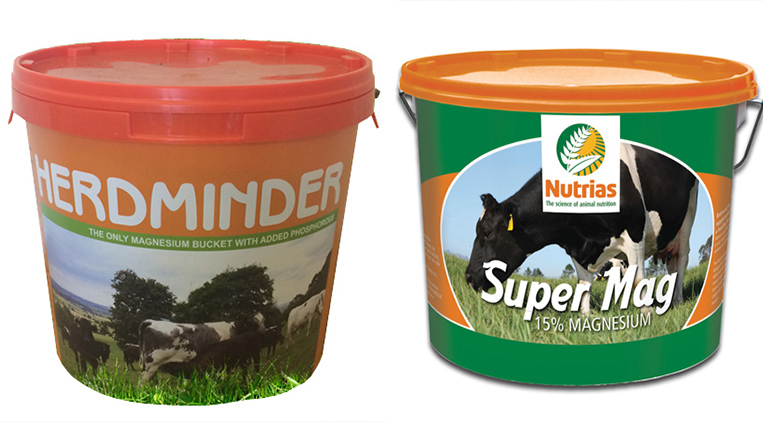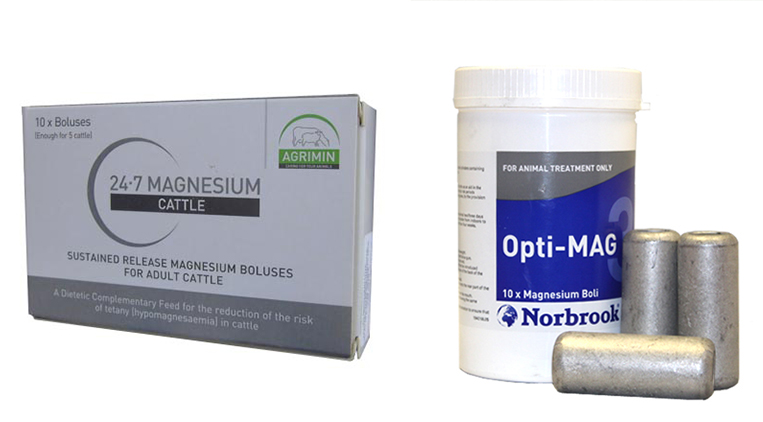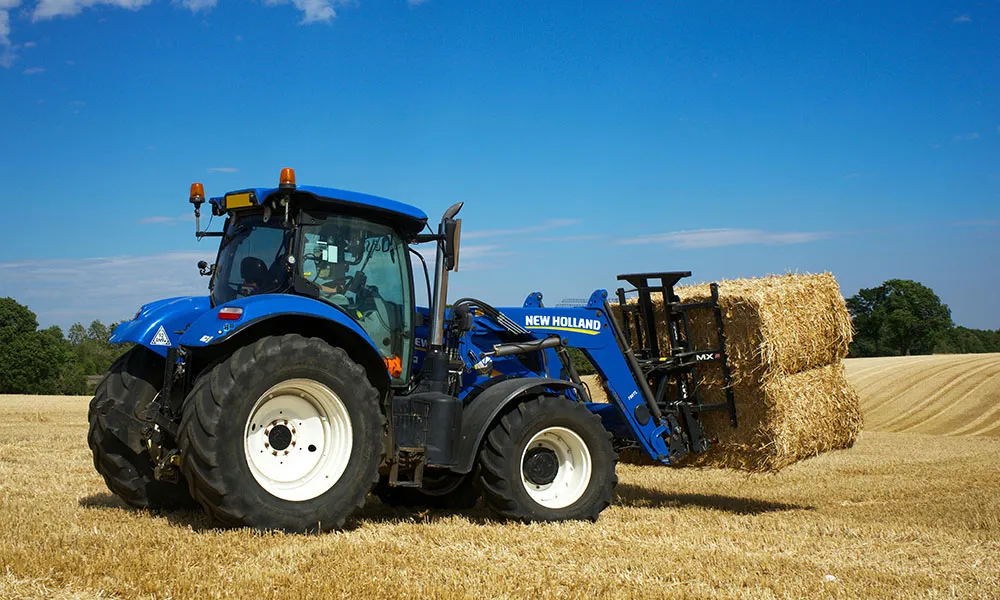
Agridirect.ie discusses the danger of grass tetany in the weeks running up to housing, and offers some advice on the best way to prevent and treat it.
Aftergrass – a hotbed for tetany
As the grazing season draws to a close, suckler farmers should keep a closer-than-usual eye on their stock. Animals will be housed in the next few weeks, but until then the risk of grass tetany is very high. Tetany is one of the biggest cattle killers on Irish suckler farms, and it usually occurs on heavy, low-fibre paddocks. If you put animals out on aftergrass in the last few weeks, you should be particularly vigilant. Cows recently weaned of their calves are most at risk of succumbing to tetany.
What is grass tetany?
Grass tetany is a disease caused by a deficiency of magnesium in the blood. Its symptoms are often mistaken for poisoning. Cows suffering from tetany, otherwise known as hypomagnesemia, initially present as skittish and hyperactive. They froth from the mouth and stagger about the field wildly. If left untreated, the animal’s condition will deteriorate rapidly and they will be unable to stay on their feet. At a certain point in the progression of the illness, trembling and tremors become the most common symptom. Death ensues shortly thereafter.
Prevention
Mineral licks
A subcutaneous magnesium injection, such as Magniject 9, may save a cow already suffering from tetany, provided the disease hasn’t progressed too far. It is better to have a vet administer this and you should never inject into the vein. Realistically, though, once an animal has tetany, survival becomes something of a lottery. That’s why, in this instance, prevention is far preferable to the cure.
Herdminder and Super Mag 15%
There are a few steps that you should take immediately, to pre-empt the loss of cows to hypomagnesemia. Bucket licks are a great way to make sure that your cows are receiving adequate minerals and trace elements, including magnesium, in their diet. Among these, Super Mag 15% and Herdminder are the best if you are worried about tetany. Super Mag, in particular, is a safe bet. It contains a wide range of minerals and trace elements, but its primary appeal is the high level of magnesium it contains (15%). If you can get your cattle to use the lick, the danger of tetany will be seriously diminished.
Boluses
While mineral licks are a part of the answer, they are not the complete solution. The problem with licks is that they leave too much to chance. While most cattle will take to them thanks to the sweet taste of the molasses, there are always those few animals that never show any interest in them.
24/7 Magnesium Bullets and Opti-Mag 3
That’s why a lot of farmers prefer to administer a magnesium bolus at this time of year. Here at Agridirect, we sell a range of boluses that are purpose-designed to prevent the onset of grass tetany. Among these Agrimin’s 24/7 Magnesium Bullets have a great reputation, containing 86% magnesium and providing a slow release over an extended period of time. Opti-Mag 3 boluses are another safe bet. Each of these bullets contains 100g of magnesium, which will be enough to see an animal safely to housing day.
So that’s a wrap from the animal medicines corner for another week. It is difficult to overstate the importance of taking pre-emptive action against the threat of grass tetany. Loss of livestock due to hypomagnesemia is a major source of revenue loss on suckler farms, and this is so frustrating because tetany is easily preventable. So don’t be caught out this autumn. Stock up on your boluses and pick up a couple of mineral buckets at your local agri store!
And, as always, if you have any additional thoughts on the best way to manage grass tetany, please feel free to share them with us.












